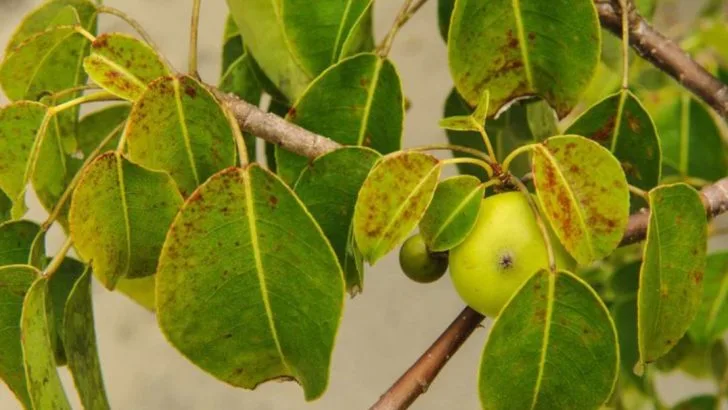The tree known as the “most dangerous in America” holds a terrifying reputation due to its potent toxicity, far surpassing even the venom of a rattlesnake. Its sap and every part of the tree contain deadly compounds that can cause severe reactions, even in small amounts.
Found in certain parts of the United States, this tree poses a significant risk to both humans and animals if not handled with extreme care. In this article, we explore 12 shocking facts about this lethal tree, from its toxic properties to how to identify and protect yourself from its dangers.
The Infamous Manchineel Tree
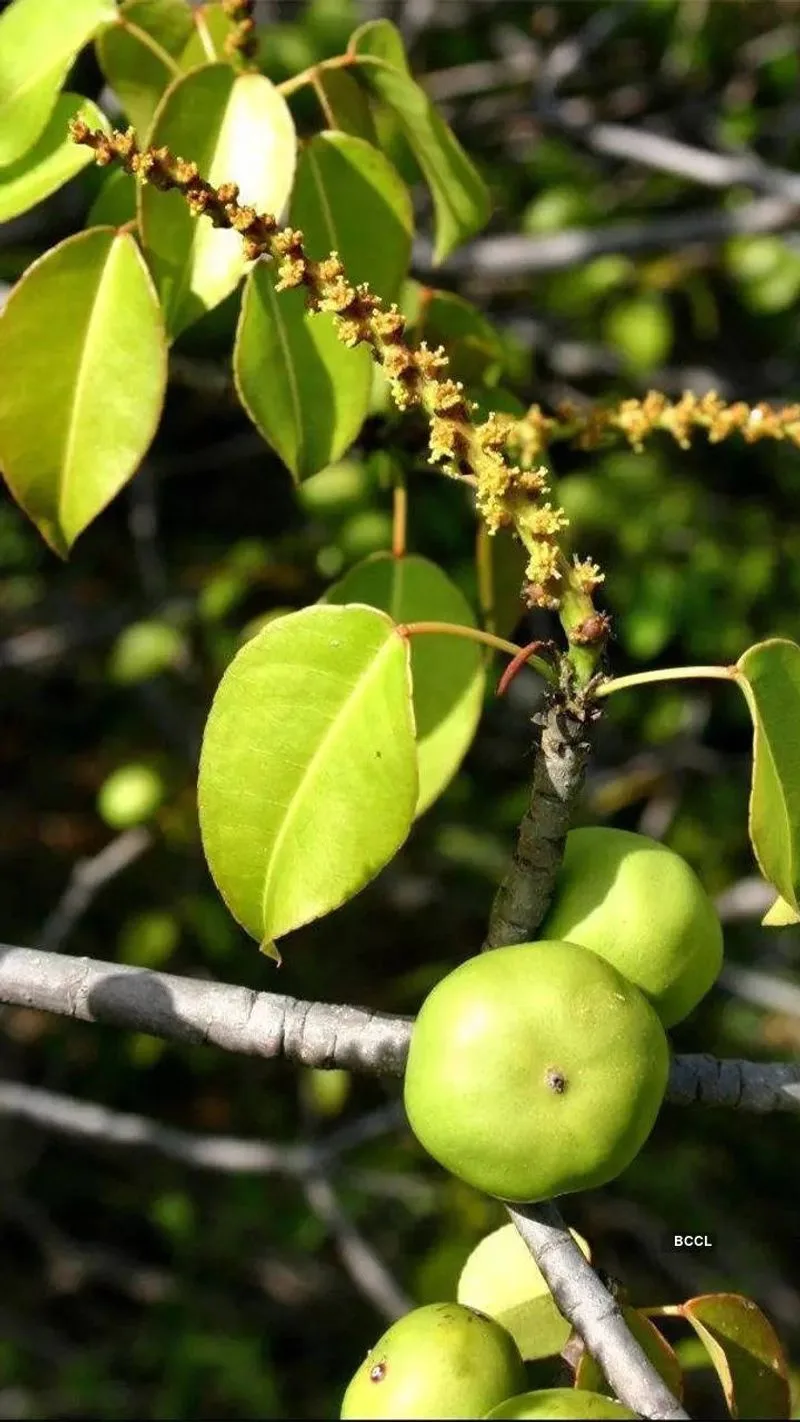
Often referred to as the ‘tree of death,’ the Manchineel is infamous for its lethal properties. This tree is native to the coastal regions of Florida, the Caribbean, and Central America. It stands innocuously with its glossy green leaves and small apple-like fruits, deceptively inviting to the unknowing passerby. However, every part of this tree is highly toxic. Touching its leaves or bark can cause severe irritation and blistering. The fruits, although appealing, are poisonous enough to cause extreme illness or death if ingested. Approach with caution!
Poisonous Apples of Death

The Manchineel tree bears fruit that looks deceptively like small apples, earning the ominous nickname “death apples.” Despite their tempting appearance, these fruits are highly toxic. Ingesting even a tiny piece can lead to severe burning in the throat, nausea, and potential organ failure. Historically, these fruits were used by indigenous peoples as poison for their arrows. The tree’s fruit is a perfect example of nature’s ability to deceive with beauty that harbors danger. It’s imperative to resist the allure and not consume any part of this tree.
The Hazardous Sap
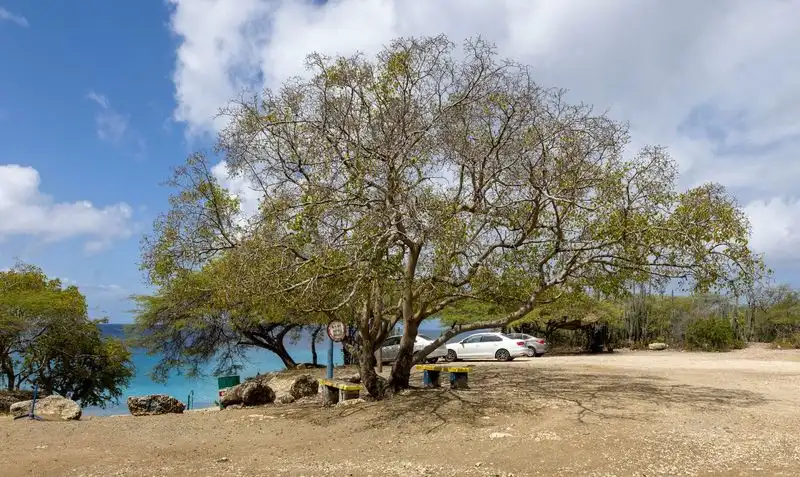
The Manchineel tree’s milky white sap is one of its most dangerous features. Contact with the skin can lead to blistering and intense pain, akin to a chemical burn. Even standing under this tree during rain is risky, as water can wash the sap onto unsuspecting skin. The sap’s toxicity is so severe that it can damage the paint on cars and boats. This sap serves as a natural defense mechanism, deterring herbivores and ensuring the tree’s survival. When near a Manchineel, protective clothing is advisable to prevent accidental contact.
Toxic to the Touch
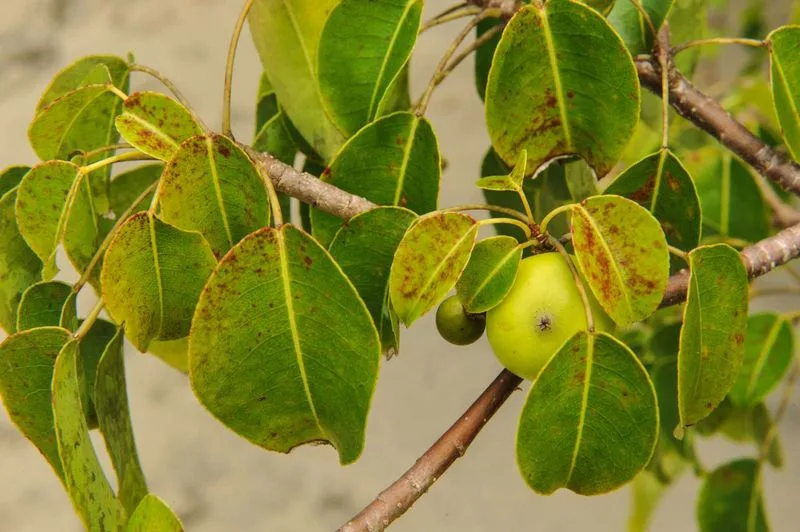
Merely brushing against the Manchineel tree can result in painful skin irritation. The leaves and bark contain potent toxins that can cause blistering and severe allergic reactions. This tree’s physical contact hazard makes it a significant concern for areas where it grows near human habitats. Hikers and beachgoers need to be particularly wary, as the tree often grows close to popular outdoor areas. Wearing long sleeves and pants can provide a layer of protection when exploring regions where this tree is prevalent, ensuring a safer outdoor experience.
A Historical Tool of War
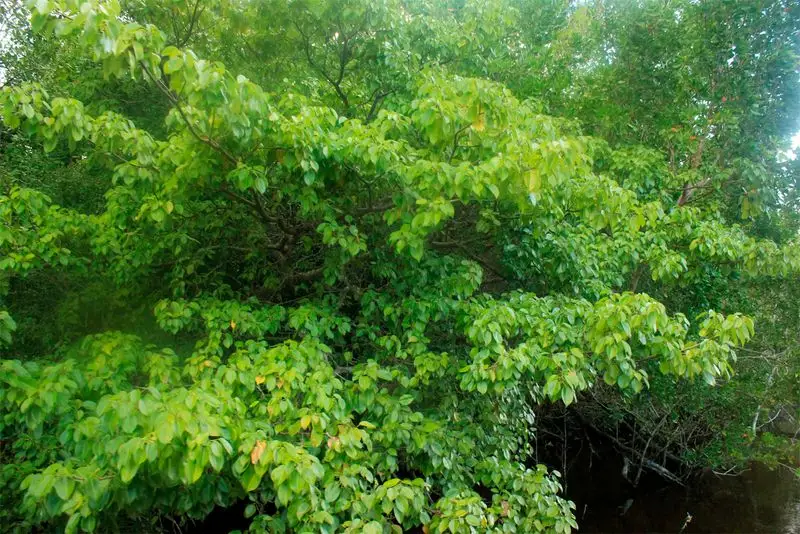
Indigenous tribes in the Caribbean historically harnessed the lethal properties of the Manchineel tree as a weapon of war. They would dip their arrows in the tree’s toxic sap, creating deadly projectiles that ensured victory in battles. This use of natural resources highlights the ingenuity and resourcefulness of ancient peoples. The Manchineel’s role in warfare is a testament to its potent dangers and historical significance. Today, the tree remains a reminder of how nature’s weapons have been employed in human conflicts throughout history, underlining the tree’s perilous nature.
The Unassuming Killer Tree
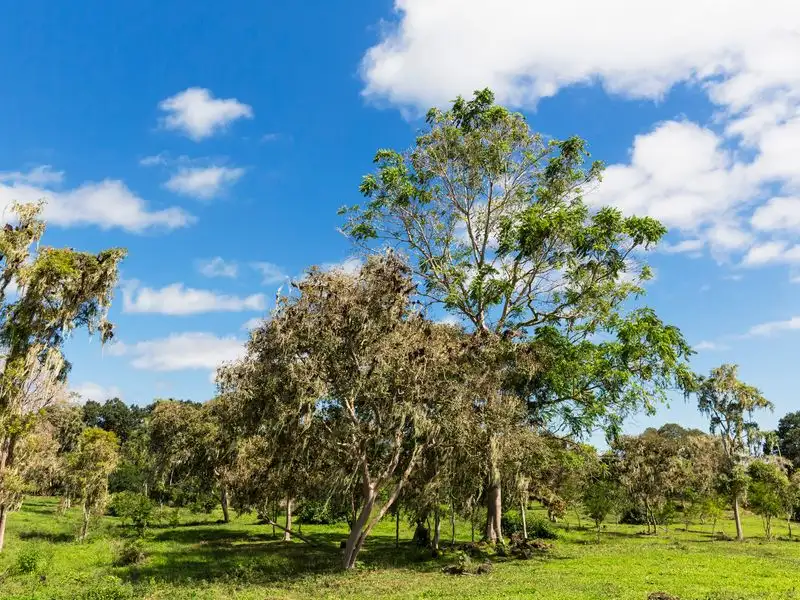
At first glance, the Manchineel tree can be mistaken for any other tropical plant, blending quietly into its surroundings. Its ordinary appearance belies its deadly nature, making it a hidden hazard in many coastal regions. This tree’s unremarkable looks mean many may inadvertently come into contact with it without realizing the danger. Its ability to blend in makes it particularly treacherous, as it often grows near beaches and picnic spots. To the unaware, this tree poses a significant risk, underscoring the importance of recognizing and avoiding it in the wild.
Warning Signs Are Essential
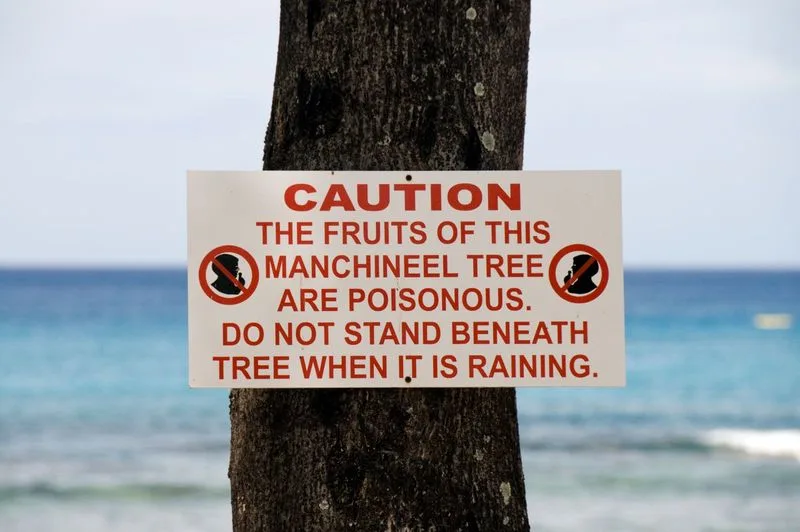
Due to its extreme toxicity, areas where the Manchineel tree grows often feature warning signs. These signs serve as crucial alerts to the public, emphasizing the tree’s dangers. In Florida and the Caribbean, these notifications are essential for tourist safety, preventing unintentional injuries. The presence of warning signs highlights the ongoing efforts to protect people from this natural hazard. Educational campaigns and proper signage help raise awareness, ensuring that visitors and locals alike recognize and respect the risks associated with this perilous tree.
Protected by Law
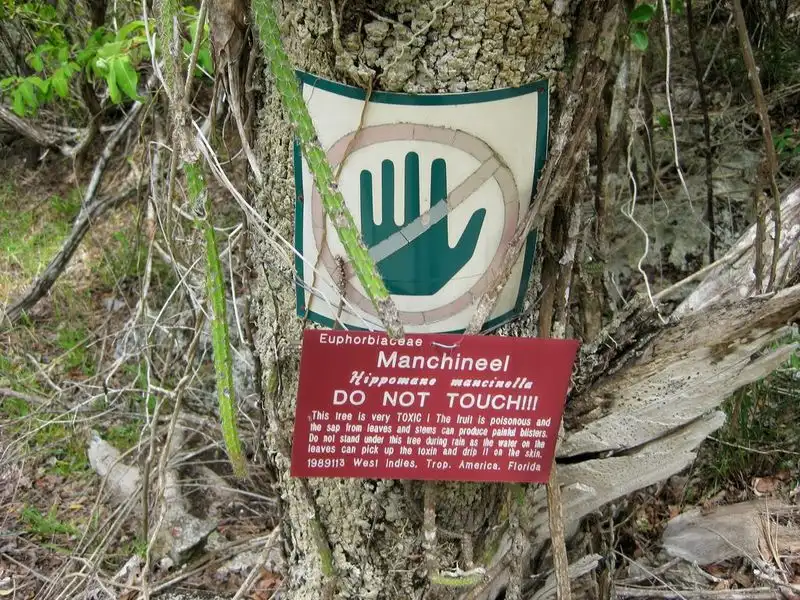
In many regions, the Manchineel tree is legally protected despite its hazardous nature. This protection aims to preserve its natural habitat and ensure the maintenance of biodiversity. While the tree is dangerous to humans, it plays a role in its ecosystem, providing habitat and food for certain wildlife. The legal protection underscores the balance between human safety and ecological preservation. Conservation efforts focus on safeguarding the tree while keeping humans informed and protected from its toxic properties. Striking this balance is key to maintaining both safety and environmental integrity.
Fire Fumes Are Toxic

Burning the wood of the Manchineel tree releases toxic fumes that pose serious health risks. Inhaling the smoke can lead to respiratory distress and severe damage to the lungs. For this reason, it’s crucial to avoid using this wood for campfires or construction. The toxic nature of its smoke is a lesser-known hazard that adds another layer of danger to this already perilous tree. Ensuring the wood is not used inadvertently is vital for preventing harmful exposure and maintaining health safety for those nearby.
An Ecological Oddity
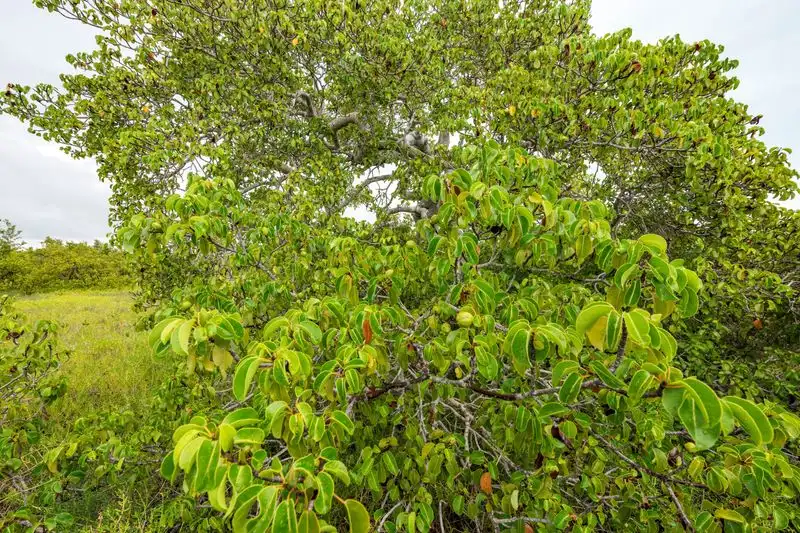
Despite its dangers, the Manchineel tree plays a vital role in its ecosystem. It provides coastal protection, preventing erosion with its robust root system. The tree also offers habitat and food for certain species, contributing to biodiversity in its native regions. Its presence is a reminder of nature’s complexities, where beauty and peril coexist. Understanding its ecological benefits highlights the need for cautious admiration, preserving its role in nature while respecting the potential hazards it presents to human visitors.
A Challenge for Conservationists
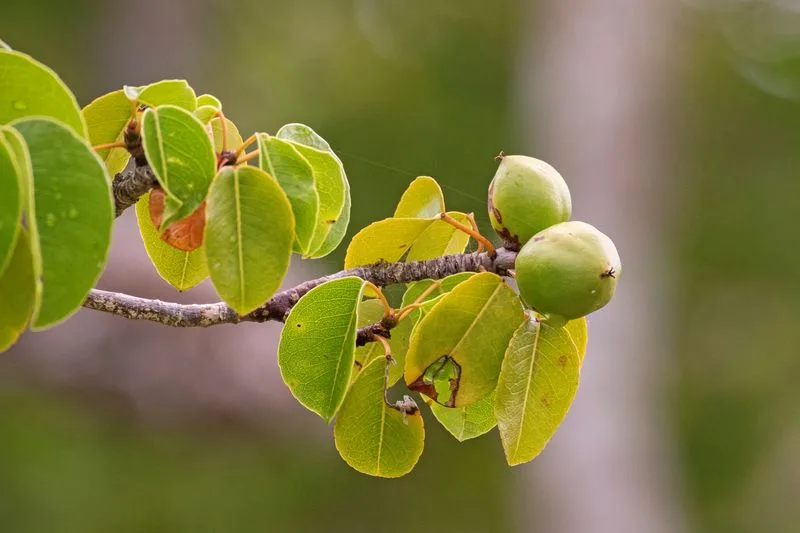
Conservationists face a unique challenge with the Manchineel tree, balancing its preservation with public safety. Its dangerous properties require careful management to ensure it doesn’t pose unnecessary risks while still maintaining its ecological role. Protective measures and education are key components in managing this species. Conservation efforts aim to maintain the tree’s natural habitat while keeping the public informed and safe. This delicate balance reflects the broader challenges of conserving nature’s more hazardous elements, ensuring they remain part of the environment without jeopardizing human health.
Respecting Nature’s Power
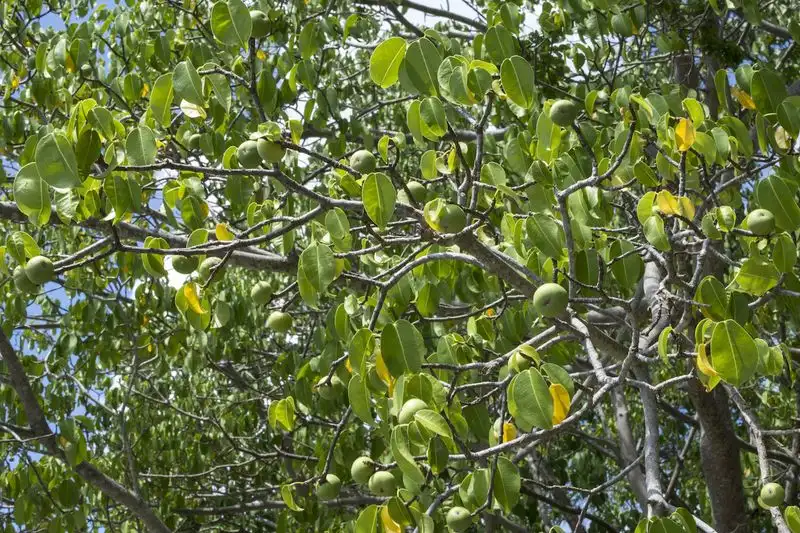
The Manchineel tree stands as a potent reminder of nature’s power and unpredictability. Its lethal properties call for respect and cautious interaction, symbolizing the extremes found in the natural world. Whether it’s the tree’s toxic fruit, hazardous sap, or the danger of its smoke, each aspect demands careful consideration. This tree exemplifies the need for awareness and education when venturing into areas where it grows. Embracing the knowledge and respect for such natural wonders ensures both human safety and the preservation of biodiversity.

